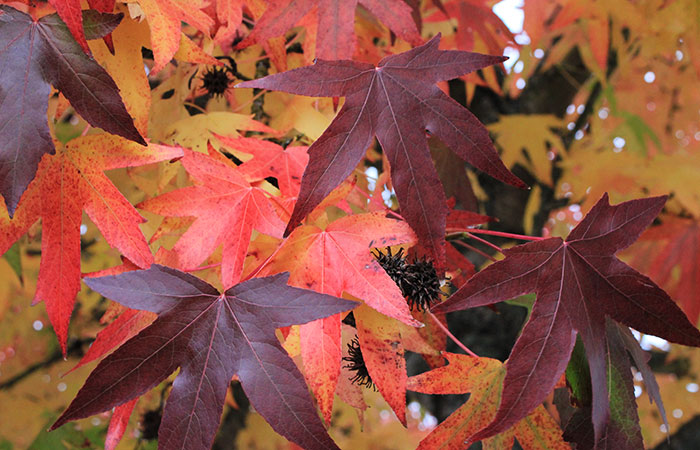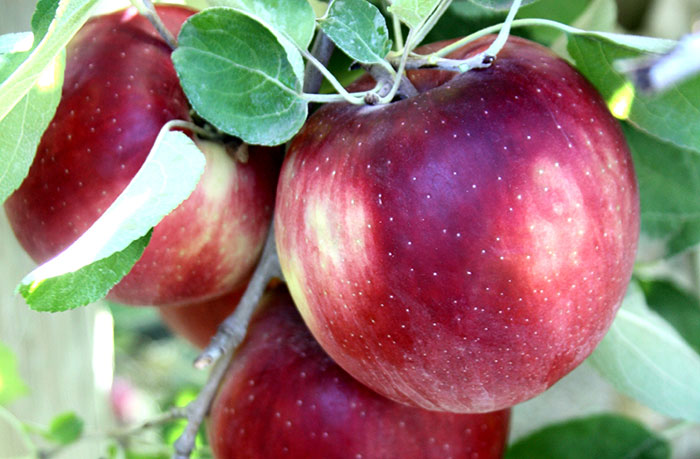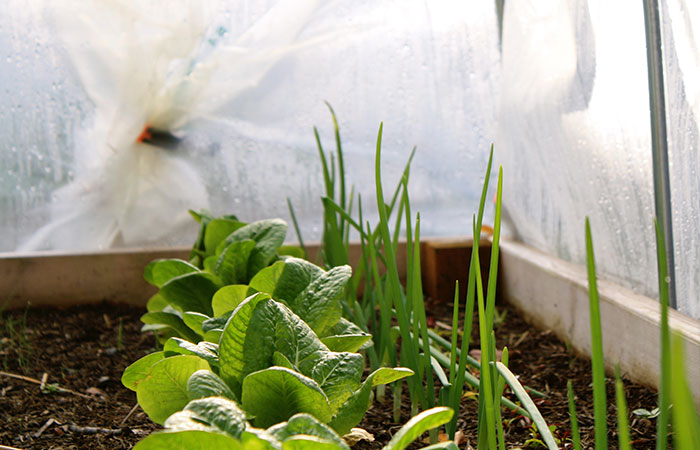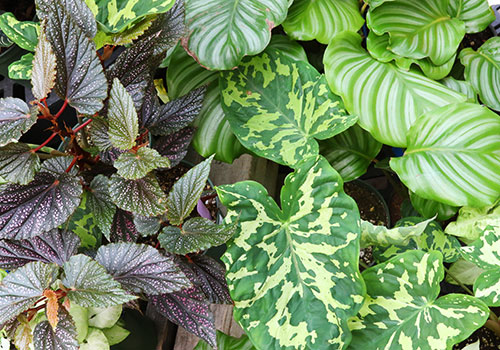OCTOBER GARDEN TIPS

General Gardening Tips
Fall is for planting! Now is a great time to evaluate the bones of your garden and get a jump start on spring. The combination of fall rains and still-warm soil is ideal for helping newly-planted trees, shrubs, and perennials get established in their new home.
Many gardeners like to tidy up in October, but don't forget to consider your backyard wildlife. You may want to "leave the leaves" for beneficial insects, either right where they fall or raked gently into more convenient piles, and to leave seed pods for birds to enjoy. Put down a fresh layer of mulch to protect your soil from erosion and your plants’ roots from frost, and to inhibit weeds.

Fruit & Berries
Remove fallen fruit and leaves. Insect larvae and disease spores can overwinter in the debris left under trees. Do not add this debris to your home compost pile; your composting temperature may not get high enough to kill the pathogens.
Spread lime around fruit trees, strawberries, and raspberries.
For fungal issues: After harvested, but while the leaves are still on the tree, spray thoroughly with a copper fungicide.
Prune raspberries after they are done fruiting. With summer crop varieties , prune out the second year canes that are done fruiting. Do not prune out the new shoots. With everbearing varieties, prune off only the top portion of the cane that has fruited. The lower portion will produce your early crop next year. For both types, you should come back in January and remove the weakest canes.

Vegetables & Herbs
Harvest! Dig root crops or mulch them deeply with straw to protect them in their spot.
Most herbs won’t need any special attention to prepare for fall. Stop fertilizing and reduce watering, and most will overwinter just fine. Fall is a good time for planting hardy herbs in the ground, giving them the winter to get established. Do a final harvest on tender annual herbs such as basil.
Mulch unused beds generously with straw, compost, or dry leaves—a foot is not too much, or plant cover crop seeds. This will help to keep the winter rains from leaching nutrients and eroding your soil, and will discourage weeds.
Plant garlic, onions, shallots, peas, and fava beans to harvest next year. You can still plant starts of greens and root vegetables.

Ornamental Gardening
You can cleaned away spent flowers and foliage now or leave for overwintering insects. Container gardening can be a great way to bring spots of fabulous fall color closer to your patios and entryways. Many plants can overwinter in the pot and then be transplanted into your garden in the spring.
October is also the biggest month of the gardening year for deferred gratification: it’s time to plant spring bulbs! Crocus, tulips, daffodils, and more should be planted now for a rainbow of spring color and fragrance.
After the first frost, cut annual fuchsias back to the edge of the basket and store in a protected area for the winter. Check monthly for water. Geraniums and tuberous begonias can also be overwintered. Click for the information sheet.
Either dig and store your dahlia tubers, or cut the plants back and mulch them in place. Digging and storing is best if your soil has poor drainage.

Indoor Gardening
As days shorten and the sun gets lower in the sky, the lower light levels mean your indoor plants will slow their growth. Unless you are using grow lights, cut back on watering and feeding.
On the other hand, central heating can dry the air. Sensitive plants such as orchids may benefit from a humidity tray – just a water-filled tray with pebbles, or pot feet, to keep the pot above water level.
Lawn Care
Fall is the most important time of the year to ensure a robust, healthy lawn through the following summer. If you didn’t fertilize and lime your lawn last month, do so now before the soil cools too much.
